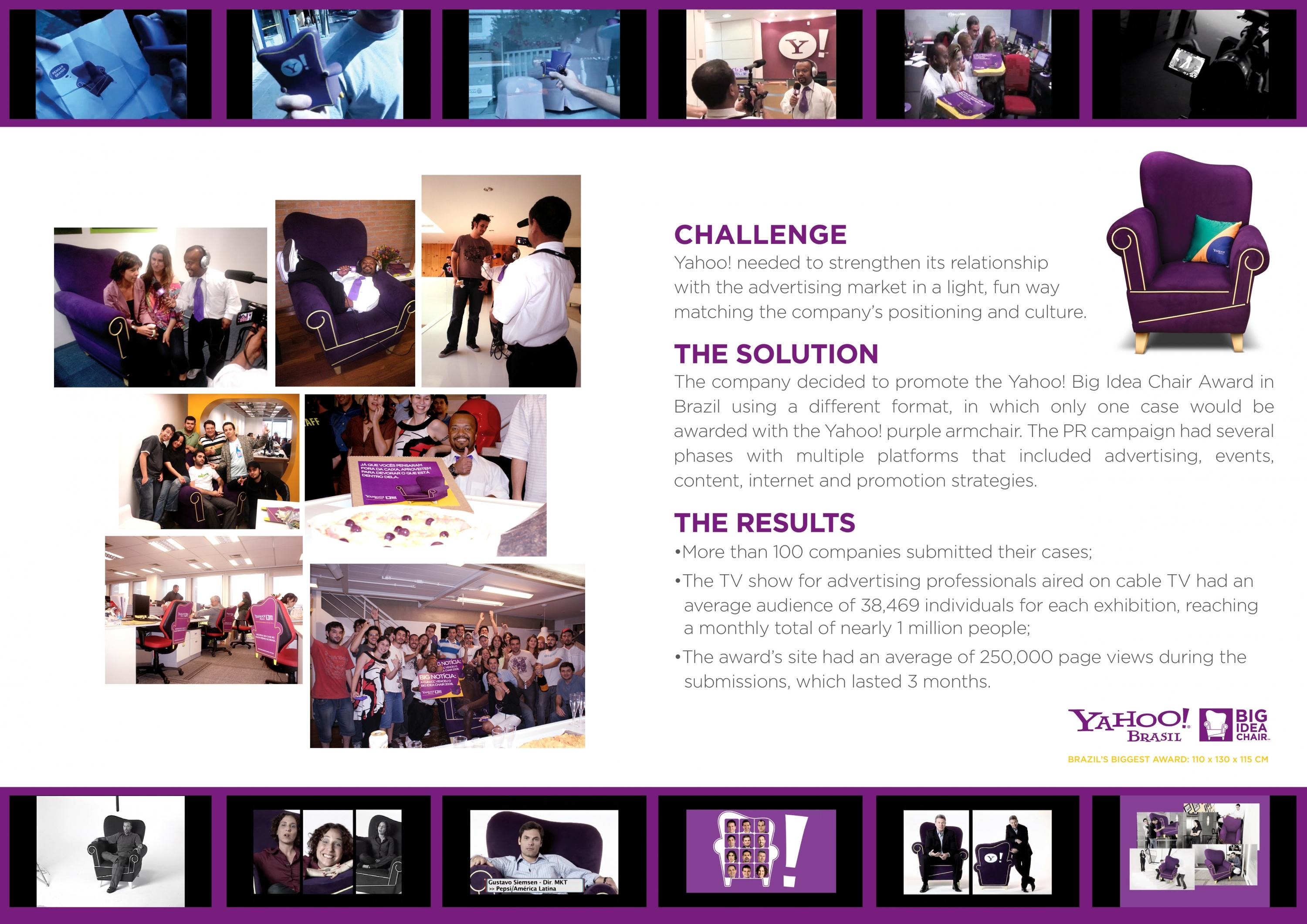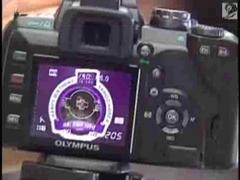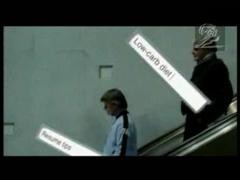Cannes Lions
Diversity in Disaster Preparation
DENTSU INC., Tokyo / YAHOO / 2019
Awards:

Overview
Entries
Credits
OVERVIEW
Background
Natural disasters are an inseparable part of life in Japan. It has about 20% of the world’s earthquakes, frequent typhoons due to abnormal weather patterns in recent years, and a large number of volcanoes for its small size. Yet somehow its people do not have adequate awareness for disaster preparations.
Internet search giant Yahoo! JAPAN looked at its search data right after a major disaster and noticed differences in the information needed by individual victims. Experts were called in to help extract and analyze 23 years’ worth of post-disaster survey data. Special graphical cards were then produced to clearly illustrate the challenges faced by different individuals after disasters, and special hands-on opportunities were provided to spread emergency awareness.
Idea
To get across the idea that every individual’s post-disaster needs are unique depending on their characteristics and living environments, we incorporated individual experiences as well as the media, celebrities, government and other public organizations in our message to generate greater awareness among the public. We set up a website that everyone could access, a hands-on event with illustrated cards depicting emergency kit items, and a special elementary school lesson to promote early awareness and understanding. And to symbolize the diversity involved in disaster preparations, we had opinion leaders in celebrity, media, and government promote the project to the population to gain wider reach across social media.
Strategy
From Yahoo! JAPAN’s extensive search log data, we extracted data for victims one week following the disaster. Our study showed that as time progressed, the variety of search terms increased, and that people’s needs varied according to individual characteristics and circumstances.
Then with the help of experts, we dug up 23 years’ worth of comments, records, and other data from disaster-stricken areas that had never been collected before. We took a data-oriented approach to categorizing and graphically representing the post-disaster issues faced by different kinds of people depending on their personal characteristics and living environments.
Execution
Eight years have passed since the Great East Japan Earthquake and Tsunami in March 2011. Every March there is a great deal of media coverage about reconstruction efforts and memorial ceremonies. To take a new approach to disaster preparedness during this time when people’s interest is at its peak, we presented a new concept stating that each individual’s emergency kits are unique. We communicated this through a website and hands-on events to show how different kinds of people should prepare for disasters. These were covered in numerous online articles and TV reports, and participants posted positive comments about them on social media. This widespread recognition contributed to greater awareness about disaster preparations. Government agencies, international NGOs and others also saluted our new concept and began stressing the need for greater awareness.
Outcome
Reach: about 26 million
·Twitter ads: 15 million
·Facebook ads: 900,000
·TV: 8 million
·Radio: 1.4 million
·Newspaper: 700,000
Engagement: 619% increase
Similar Campaigns
12 items









